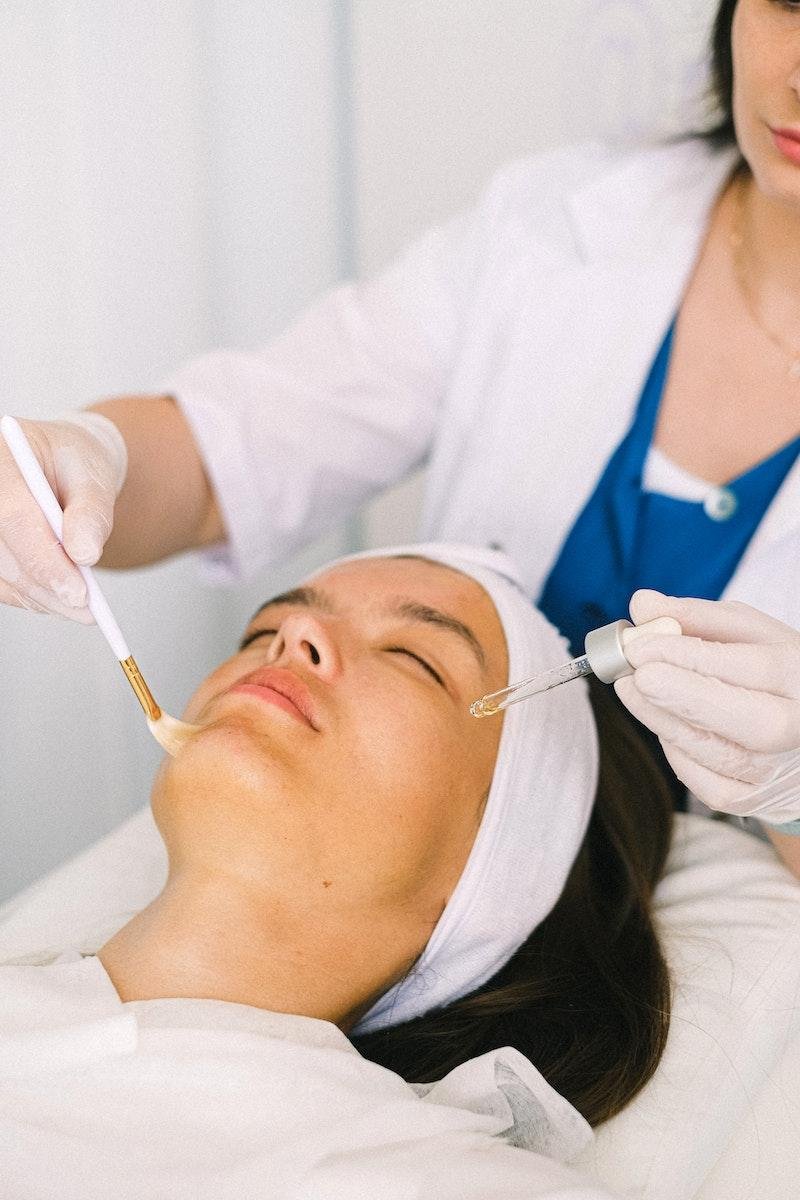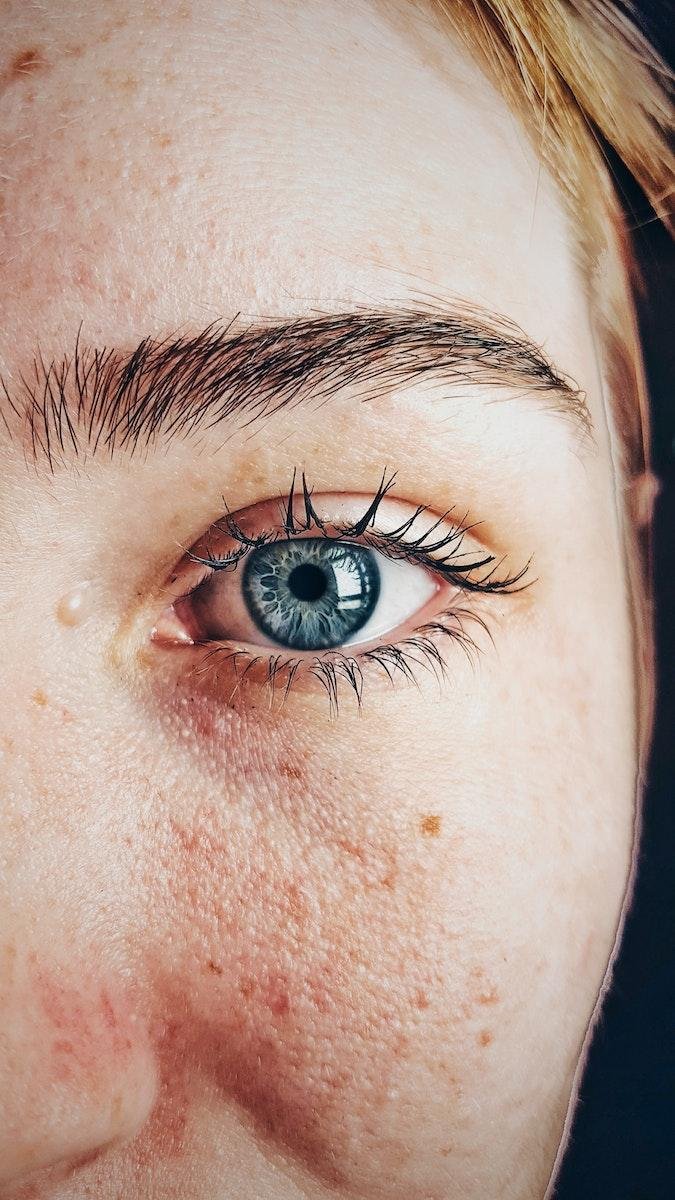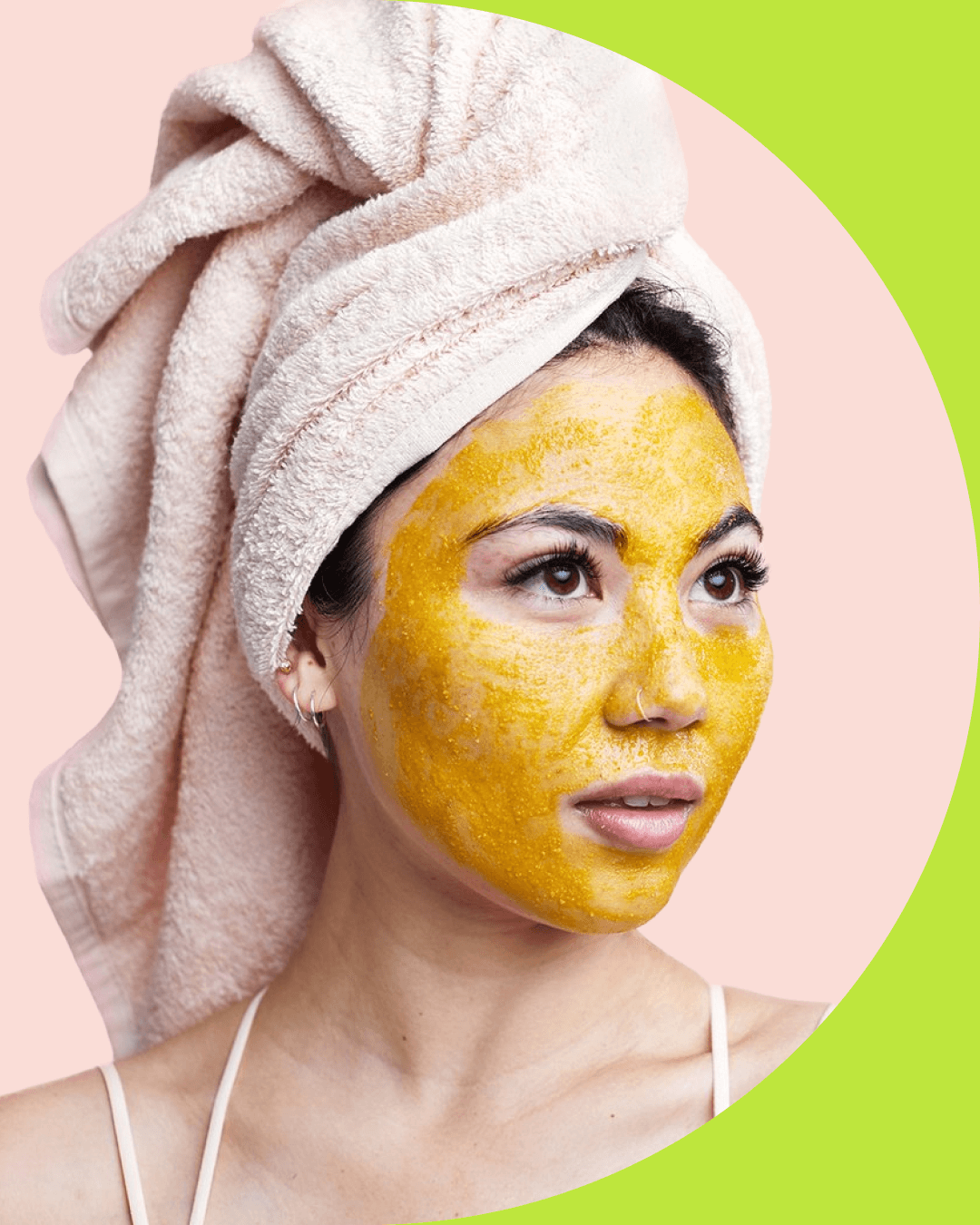Among the array of skincare treatments available, phenol peels have emerged as a powerful medical aesthetic procedure in the battle against aging, skin damage, and imperfections. With their remarkable ability to transform the skin, phenol peels have gained widespread recognition and the attention of skincare enthusiasts and professionals alike. Whether you’re seeking to diminish wrinkles, improve skin texture, or fade hyperpigmentation, understanding both the potential benefits, and risks, of phenol peels is essential. Below, we cover phenol peels in depth, including what they are, how they work, and how to know if a phenol peel is the right option for you.
What are Phenol Peels?
Phenol peels are a type of chemical peel procedure that involves applying a solution containing phenol, a potent chemical compound, onto the skin. This solution deeply penetrates the skin to remove damaged outer layers and stimulate the production of new, healthier skin cells.
What sets phenol peels apart is their ability to effectively address severe skin concerns. They are typically performed by dermatologists or trained professionals and are highly regarded for improving skin texture, tone, and overall appearance. Unlike other chemical peels and treatments that primarily address surface-level issues, phenol peels go deeper into the dermis, making them particularly suitable for advanced signs of aging, significant skin damage, and specific skin conditions.
Phenol peels offer significant benefits for those seeking intense skin rejuvenation and repair. However, their strength means it’s important to consult with a qualified professional. They will assess your skin type, determine if a phenol peel is suitable for you, and ensure the treatment is conducted safely and effectively.
How Phenol Peels Work
Phenol peels utilize a solution containing phenol, a powerful chemical compound derived from coal tar. Known for its high acidity, phenol is capable of dissolving the outer layers of the skin. The strength and concentration of phenol peels can be adjusted to achieve the desired depth of treatment and address specific skin concerns. Higher concentrations of phenol result in more aggressive peels that penetrate deeper into the skin.
When applied to the skin, phenol peels cause controlled chemical damage, which triggers the body’s natural healing response. Phenol rapidly penetrates the outer layer of the skin (epidermis) and reaches the underlying dermis. This process leads to the targeted destruction of damaged skin cells and stimulates the production of collagen and elastin.
This controlled destruction from a phenol peel causes:
- Exfoliation: Phenol peels remove the damaged and aged outer layers of the skin, promoting exfoliation. This exfoliation process helps to eliminate dead skin cells, unclog pores, and improve skin texture.
- Collagen Stimulation: Phenol peels stimulate the production of new collagen fibers in the dermis. Collagen is a protein responsible for skin strength and elasticity. Increased collagen production helps to improve skin firmness, smooth out wrinkles, and enhance overall skin tone.
- Skin Tightening: Phenol peels induce the contraction of collagen fibers within the dermis, resulting in skin tightening and a more youthful appearance.
- Pigmentation Reduction: Phenol peels target melanin-producing cells (melanocytes) in the skin, reducing the production of excess pigment. This helps to fade hyperpigmentation (such as PIE or PIH), melasma, and other forms of skin discoloration.
- Skin Regeneration: The controlled damage caused by phenol peels triggers the skin’s natural healing process. This leads to the regeneration of new skin cells, resulting in a rejuvenated and refreshed complexion.
The Benefits of Phenol Peels
Phenol peels are highly effective in addressing a range of skin conditions and concerns. Their potency makes them particularly suitable for individuals with advanced signs of skin damage, aging, or scarring.
Treatment of Wrinkles and Fine Lines
Phenol peels are highly effective in reducing the appearance of wrinkles and fine lines. The deep exfoliation and collagen-stimulating properties of phenol peels help to smooth out the skin’s surface and promote the growth of new, healthier skin cells. This results in a more youthful and rejuvenated appearance.
Improvement of Skin Texture and Tone
Phenol peels can significantly improve skin texture and tone by addressing various skin imperfections. They help to reduce the appearance of roughness, uneven skin texture, and skin laxity. Phenol peels promote the production of collagen and elastin fibers, which enhance skin elasticity and firmness, leading to a smoother and more even complexion.
Reduction of Hyperpigmentation and Melasma
Phenol peels are beneficial for individuals with hyperpigmentation and melasma. These peels penetrate deep into the skin, targeting excess melanin production and uneven pigmentation. Phenol peels can effectively lighten and even out skin tone, reducing the appearance of dark spots, sun damage, and discoloration.
Treatment of Acne Scars
Phenol peels can be a valuable treatment option for individuals with acne scars. These peels work by removing the damaged layers of skin, including scar tissue, and promoting the growth of new collagen fibers. As the skin heals, the appearance of acne scars becomes less noticeable, resulting in smoother and more even skin texture.
Management of Precancerous Skin Growth
Phenol peels have been used for the management of precancerous skin growths, such as actinic keratosis. Actinic keratosis refers to scaly patches of skin caused by prolonged sun exposure. Phenol peels can effectively remove these abnormal skin cells, reducing the risk of progression to skin cancer.
The Phenol Peel Procedure
Due to their strength, phenol peels are done in-clinic, under the supervision of a licensed professional. You will need to follow the guidance of your licensed professional before, during, and after the procedure is performed.
Before undergoing a phenol peel, it is important to be aware of the following precautions and considerations:
- Skin sensitivity: Individuals with sensitive skin may have an increased risk of adverse reactions to phenol peels. Your practitioner will evaluate your skin’s sensitivity and adjust the treatment accordingly.
- Medications and medical conditions: Inform your practitioner about any medications, supplements, or medical conditions you have, as they may affect the peel procedure or your ability to heal properly.
- Realistic expectations: Understand the expected downtime, recovery process, and potential side effects associated with phenol peels. Phenol peels typically require a longer recovery period compared to milder peels, and multiple treatments may be necessary for optimal results.
- Post-peel care: Prepare for the post-peel care instructions, including avoiding sun exposure, following a gentle skincare routine, and using recommended post-peel products.
While this guide offers a general overview of the phenol peel procedure, always consult with your licensed dermatologist or professional. They have the expertise to provide the most accurate information tailored to your specific skin type, concerns, and needs.
Preparing For Your Phenol Peel
Before undergoing a phenol peel, you will need to schedule an initial consultation with a qualified dermatologist or skincare professional. There, the practitioner will assess your skin type, medical history, and specific concerns to determine if you are a suitable candidate for a phenol peel. They will also discuss the expected outcomes, potential risks, and answer any questions you may have.
To prepare your skin for a phenol peel, your skincare professional may recommend a pre-peel skincare regimen. This regimen typically includes the following steps:
- Avoid sun exposure: Protect your skin from excessive sun exposure and use a broad-spectrum sunscreen with a high SPF.
- Discontinue certain skincare products: Your practitioner may advise you to temporarily discontinue the use of retinoids or Tretinoin, exfoliating agents, and other potentially irritating skincare products.
- Hydrate and moisturize: Maintain a well-hydrated skin barrier by drinking plenty of water and following a gentle, moisturizing and hydrating skincare routine.
- Follow specific instructions: Your practitioner may provide you with specific instructions tailored to your individual needs, such as using a gentle cleanser and avoiding abrasive scrubs.
Getting Your Phenol Peel
The phenol peel procedure typically follows these steps:
- Preparation: Before the procedure, the skin is thoroughly cleansed and prepped. It may be advised to discontinue certain skincare products or medications in the days leading up to the peel to minimize any potential complications.
- Anesthesia: Depending on the depth and strength of the phenol peel, anesthesia options may be considered. This can range from local anesthesia to a deeper sedation or general anesthesia. The choice will be based on the individual’s comfort level, the extent of the peel, and the recommendation of the practitioner.
- Application of the Phenol Solution: The phenol solution is carefully applied to the treatment area using a brush or a cotton-tipped applicator. The practitioner ensures even and precise application, taking care to avoid the eyes, nostrils, and mouth. Multiple layers of the solution may be applied to achieve the desired depth of the peel.
- Monitoring and Timing: The skin is closely monitored during the procedure to assess the desired depth of the peel. The duration of the peel procedure can vary depending on the desired depth and the size of the treatment area. Generally, a phenol peel can take anywhere from 30 minutes to 2 hours to complete.
- Neutralization: Once the desired peel depth is achieved, the practitioner will neutralize the phenol solution. This stops the chemical reaction and prevents further penetration into the skin.
Post-Peel Recovery
After a phenol peel, your skincare professional will provide you with specific post-procedure instructions, which will most likely include protecting your skin from the sun, using specific products or ointments to aid recovery, and keeping the healing skin clean and free from irritants like harsh ingredients or scrubs.
Phenol peels typically require a longer recovery period compared to milder chemical peels. The following is a general timeline of the recovery process:
- Days 1-3: The treated skin will appear red, swollen, and may feel tight. You may experience discomfort, which can be managed with prescribed medications.
- Days 4-7: Peeling and flaking of the treated skin will occur. This is a normal part of the healing process. It is important not to pick at or forcibly remove the peeling skin.
- Weeks 2-3: The majority of the peeling and flaking will have subsided. Your skin may still be pink or slightly red, but it will gradually fade over time.
- Weeks 4-6: By this stage, most of the redness will have resolved, and your skin will continue to improve in texture, tone, and overall appearance.
Even after your skin has healed, it’s important to maintain a gentle skincare routine with daily sunscreen application, and schedule regular follow-ups with your skincare practitioner.
How to Decide if a Phenol Peel is Right for You
While phenol peels can deliver significant results, they may not be suitable for everyone. Candidates with concerns such as deep wrinkles, severe sun damage, acne scars, and hyperpigmentation may benefit most from a phenol peel.
However, phenol peels might not be suitable for:
- Darker skin tones: Phenol peels carry a higher risk of hypopigmentation or hyperpigmentation in individuals with darker skin.
- Active infections or skin conditions: Individuals with active infections, open wounds, or certain skin conditions may not be suitable candidates for phenol peels until the condition is resolved.
- Pregnancy and breastfeeding: Phenol peels are generally not recommended during pregnancy or breastfeeding due to potential risks.
- History of abnormal scarring: Individuals with a history of abnormal scarring, such as keloids, may need to avoid phenol peels or proceed with caution.
- Autoimmune disorders: Individuals with autoimmune disorders may have an impaired healing response and are at a higher risk of complications following a phenol peel.
Phenol peels are amongst the strongest chemical peels available and aren’t suitable for everyone. If you have less severe skin concerns, or are ineligible for phenol peels due to one of the conditions above, there are milder treatment options available. These may include milder chemical peels, dermabrasion, laser resurfacing, or a Tretinoin prescription.
Precautions and Risks of Phenol Peels
Choosing an experienced and qualified practitioner is vital when considering a phenol peel. An experienced practitioner will assess your skin type, discuss potential risks, and develop an appropriate treatment plan tailored to your specific needs. They will be able to perform the peel safely and effectively, reducing the risk of complications and maximizing the desired results.
A qualified practitioner will be able to go over the associated risks, which can include both mild side effects and more severe, long-term damage such as:
- Redness and swelling: After a phenol peel, it is common to experience temporary redness and swelling, which should subside within a few days to a week.
- Peeling and flaking: The treated skin will undergo a peeling and flaking process as the damaged layers slough off. This is a normal part of the healing process.
- Increased sensitivity: Your skin may become more sensitive to the sun and other irritants during the recovery period. It is crucial to use gentle skincare products, protect your skin with daily sunscreen and avoid excessive sun exposure.
- Pigmentation changes: In rare cases, phenol peels may cause temporary or permanent changes in skin pigmentation. This can be either hyperpigmentation (darkening of the skin) or hypopigmentation (lightening of the skin). This is more common in individuals with darker skin tones.
- Infection and scarring: Although rare, there is a slight risk of infection and scarring associated with phenol peels. Following proper post-peel care instructions can help minimize these risks.




